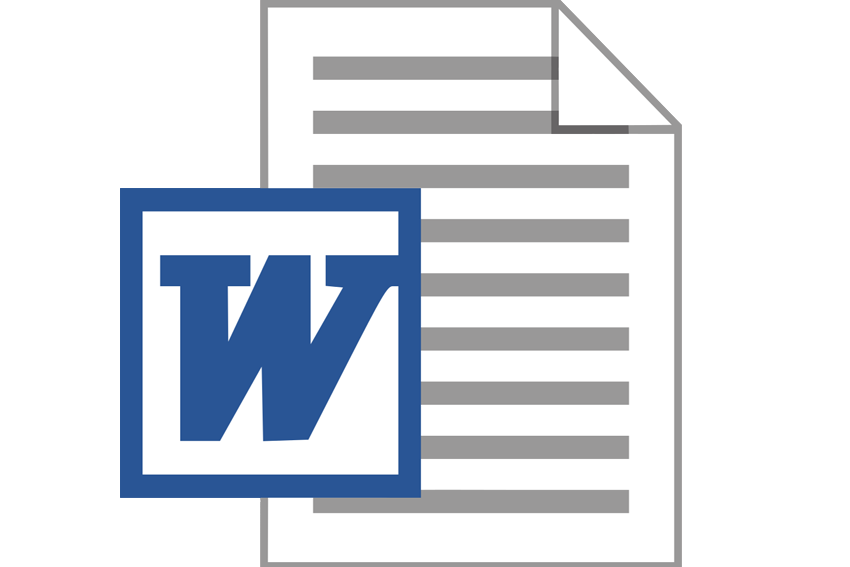INSTRUCTIONS:
I am listing three individual discussion posting and i need you to respond to them individually. In your responses to the posts provide constructive and insightful comments that go beyond that of agree or disagree. 1)This posting is from Edward: In 1937 Cerletti and Bini used electricity to induce a seizure (Kavanagh & McLoughlin, 2009). This treatment had positive effects on treating the severe mental illness, thus ECT was born. During the next few decades this treatment was standard until it fell out of favor. The use of psychotropic medications were and are the main treatment, except. It was found that in certain circumstances the use of ECT was more effective, like in a case of catatonia or severe suicidal or homicidal tendencies (Fontaine, 2009). After a thorough physical exam, evaluation and informed consent. ECT is given in 6-12 treatment given 3 times a week, each treatment is approximately 1 minute in duration and the patient usually wakes up within 15 minutes. The entire procedure is done under anesthesia. This is the big change from early on. Pre treatment is done to reduce secretions and avoid bradycardia with atropine. A muscle relaxant like Anectine is given to avoid full body convulsions and oxygen is administered throughout (Fontaine, 2009). The pros of this treatment is that for reasons not completely understood it works. It is safe for most age groups and may be safer then medications for all stages of pregnancy. ECT may lead to reduced hospital stay`s and decreased healthcare costs. some cons are that it is not widely accepted due to the stigma associated with it. It is not available to everyone. ECT also causes some short term and occasional long term memory loss. The nurse has a important role in treatment with ECT. As the nurse you are involved from the beginning al the way through recovery and discharge planning. As a nurse in this area you should be very familiar with this treatment, frequent questions and references to give clients and family if requested. It is your job to teach the patient and family what and what not to expect with this treatment. If you over hear in conversation comment related to outdated treatment or practices, it is you job to professionally reeducate based on current factual information. Following facility protocol you can discuss how this treatment is given as compared to years past. Approved and reliable resources should be used to back up your statements. If available brochures or educational material and websites can be given to the patient and family. Most importantly I think you should let the patient know someone will be with them throughout and what to expect after the treatment is done. You should evaluate what information is understood, reeducate if necessary and document your session. 2)This posting is from Paula: ECT was used in the 40`s and 50`s for people who had severe mental illness. They were not given sedation at that time like they are now. ECT is the most controversial psychiatric treatment available. Much of the controversy surrounding ECT revolves around its effectiveness vs. the side effects, the objectivity of the ECT experts, and the recent increases in ECT as a quick and easy solution. In the 70`s when a patient was admitted to the hospital for mental illness, they were kept on a separate wing from the other patients. There was a stigma regarding people who were labeled as "persistently and severly mentally ill." (Fontaine, 2009). ECT is a safe and effective treatment for patients who are not responding to medications alone. It is safe for adolescents with catatonic or psychotonic symptoms of depression, and for all trimesters during a pregnancy. It is a safer alternative for highly suicidal clients, a patient who suffers from psychotic depression,a patient who is medically deteriorated, a patient who does not respond well to medications or cannot tolerate side effects (Fontaine, 2009). There are several pros and cons to ECT. Some of the pros are: The procedure lasts about 5-10 min, an IV will be started to administer an anesthetic and a muscle relaxant, a brief physical exam will be performed prior to testing, the nurse will place the electrodes on your head for the procedure, O2 will be applied during the ECT, the patient will wake up 10-15 minutes post-op, safe for children and adolescents, and for all trimesters of pregnancy (MayoClinic.com). There are several cons that are associated with ECT. They are: The ECT is contraindicated in a patient with a brain tumor, recent diagnosis of a CVA or brain attack, a subdomal hematoma, recent myocardial infarction, CHF, Angina Pectoris, Retinal Detachment, and a patient with Acute or Chronic Respiratory Disease (Fontaine, 2009). Patients who have an ECT performed may also experience headaches, muscle aches, confusion and disorientation post-op procedure. A patient may experience retrograde amnesia for the weeks or months following the ECT treatment. As many as half of the people receiving ECT may experience persistent memory loss (Fontaine, 2009). The role of the RN in the clinic performing the ECT will be important. The nurse will be the one to educate the patient and family on what to expect pre- and post-procedure. The RN will educate the family and patient on the treatment of ECT and side effects to expect, if any. The nurse should document all teaching done to the paitent and family. Allow the patient and family time to verbalize their understanding of the problem. When teaching pre-op, assure the patient that there will be no pain during the procedure. Inform the patient that the nurse will remain with them before and after treatment. Reassure the patient and family that memory deficits and confusion are reversible, should this apply to the patient. Having the family to be involved with reorienting the patient post-treatment would be necessary (Fontaine, 2009). The nurse has an important role in the preparing the patient and family for the ECT treatment. The nurse can reassure them that privacy is maintained during the treatment. The nurse can also reassure the patient that they will be asleep and feel no pain during the treatment. This should make the patient more at ease with knowing that the times have changed and ECT has come a long way as in the past. 3)This posting is from Joyce: Electroconvulsive therapy (ECT) is a procedure in which electrical currents are passed through the brain to intentionally produce seizures for a short period. ECT is said to be safer and effective with the introduction of anesthesia leading to shorter and less costly inpatient care (Fontain, 2009). ECT has been shown to cause a lot of chemical changes in the brain including enhancing dopamine sensitivity and increases the amount of GABA. ECT is “also thought to reduce brain activity in the prefrontal cortex” (Sanacora et al., 2003). ECT is a safe and effective treatment for patients who do not respond to medications. It provides fast, significant improvements in severe symptoms of a number of mental health conditions. It may be an effective treatment for patient`s who are suicidal or with sever psychosis. ECT is used for patients with previous successful treatment, depression and mania. “Several studies have shown that ECT is a safe and effective treatment for adolescents with catatonia or psychotic symptoms of depression” (Fontain, 2009). Though there are risks associated with the use of ECT, the benefits outweigh it. Memory loss (both past and present), retrograde amnesia, muscle pain and short periods of headache may occur in patients after the procedure. “As many as half the people receiving ECT may experience persistent memory loss” (Rose, Fleischmann, Wykes, Leese, & Bindman, 2003; Stern & Sacheim, 2004). Many patients now prefer ECT as a treatment choice for their symptoms. Older and younger patients, adolescents, depressed and maniac patients all benefit from ECT. “ECT is still safe in all trimesters of pregnancy and may be less harmful to the fetus then psychotropic medications” (American Psychiatric Association, 2001). Patient teaching/education provides a lot of knowledge about the procedure. The RN should explain the procedure to the patient, how long it will take and assess the patient for any underlying medical conditions that are contraindicated (CVA, brain tumor, MI, CHF, etc.). NPO should be thought to prevent vomiting and aspiration. The nurse should teach patient on side effect to expect like headaches, past and present memory loss (which is reversible) and that that within 6-9 months the ability to learn new material returns to normal (Fontain, 2009). The RN should let the patient know that the procedure is not painful and he will also be under anesthesia. Patient and family should be encouraged to verbalize any concerns and ask questions. The nurse should answer all patient questions accurately and stay with patient before and after procedure to decrease anxiety. The nurse should listen to patients concerns about outdated notions related to ECT treatment and then educate patient on the treatment, use of anesthesia which makes ECT safer and that memory loss is reversible if it occurs. Explaining the benefits of the treatment may also provide new information to the patient and relieve patient`s anxiety.

 Shocking Information Discussion Postings
Shocking Information Discussion Postings